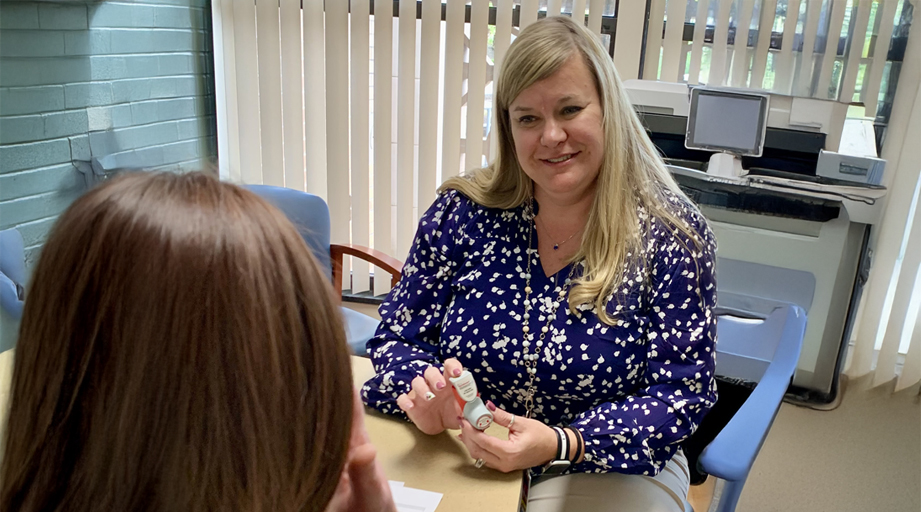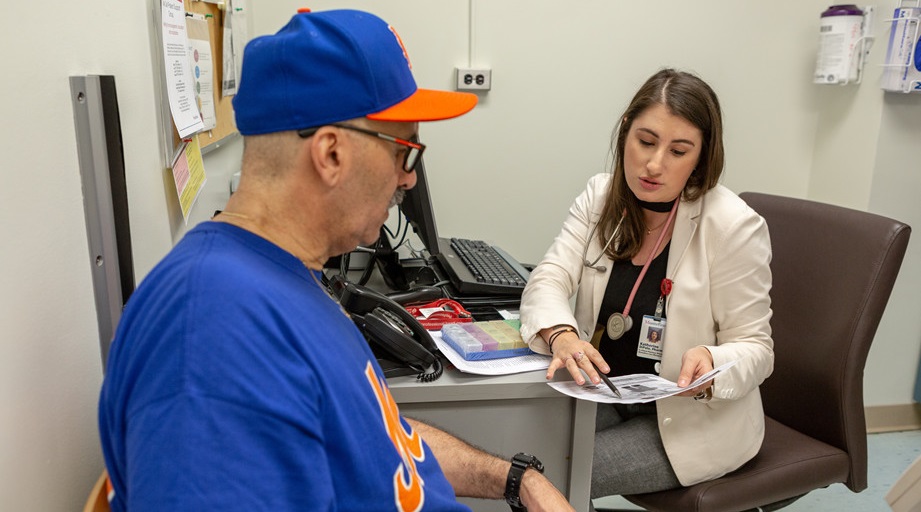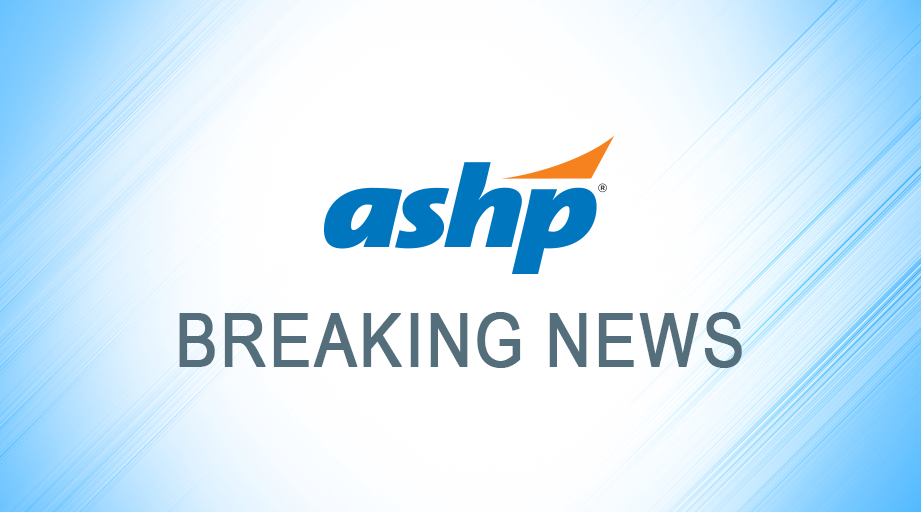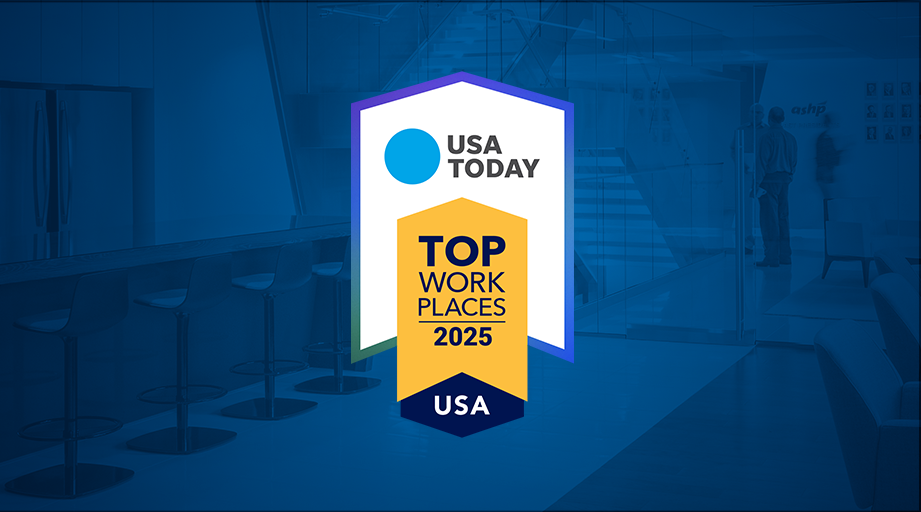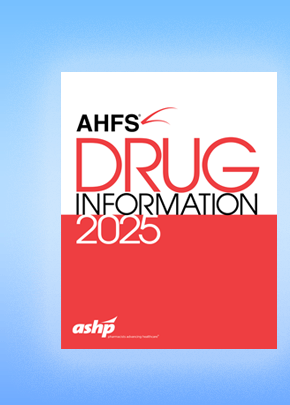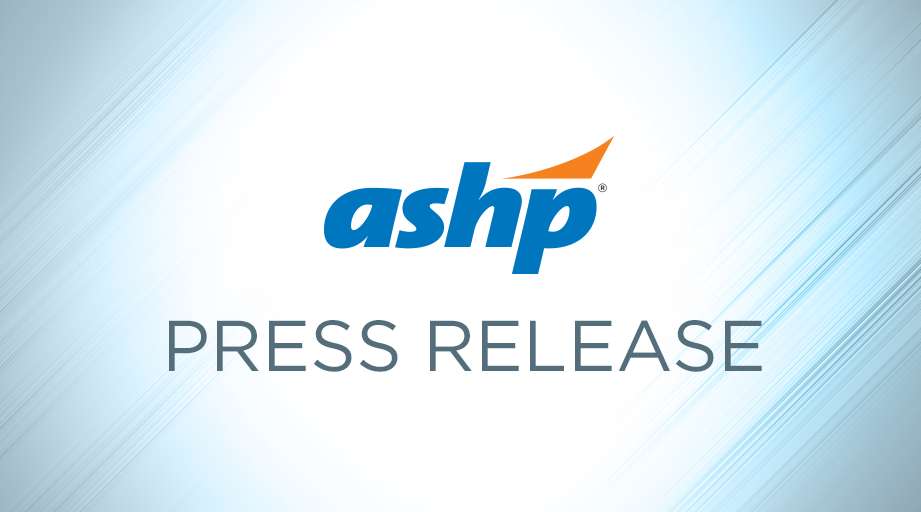
Tariff Concerns Raise Risk of Shortages and Higher Costs
U.S. prescription drug expenditures rose to $805.9 billion in 2024 — an increase of 10.2% over the previous year — fueled in large part by soaring demand for weight-loss drugs, known as GLP-1 receptor agonists, according to a new report from ASHP (American Society of Health-System Pharmacists). GLP-1s, which are increasingly prescribed for both diabetes and obesity, are now the top drug category by total spending and the fastest-growing segment in the market.
The report also highlights emerging risks tied to proposed federal tariffs on pharmaceutical ingredients and components — particularly those sourced from China — which could exacerbate shortages and push patients toward more expensive brand-name alternatives.
“GLP-1s are transforming how we treat metabolic disease, but their rise coincides with growing concerns about supply chain vulnerability,” said Eric Tichy, PharmD, MBA, lead author of the report and division chair of supply chain management at Mayo Clinic. “Tariff-related cost increases could hit the most cost-effective drugs the hardest, and ultimately affect hospitals, clinics, and patients who depend on affordable generics.”
Clinic drug spending rose sharply — up 14.4% to $158.2 billion — while nonfederal hospitals saw a more modest 4.9% increase to $39.0 billion. With GLP-1 shortages largely resolved, continued growth in this category is expected, though direct-to-consumer channels may complicate efforts to track usage trends.
Looking ahead, the report projects overall U.S. drug spending to increase by 9–11% in 2025, with clinic expenditures rising 11–13% and hospital spending growing 2–4%, reflecting several forces expected to influence the market in the coming year:
- Oncology spending continues to grow at a double-digit pace, driven by the introduction of new high-cost drugs and broader application of existing therapies.
- Vaccine expenditures have declined post-pandemic, even with new vaccine products on the market; the trend may continue with increasing antivaccine sentiment.
- New generics and biosimilars may help moderate overall spending growth by providing lower-cost alternatives as key patents expire in 2025 — including Entresto, a widely used heart failure drug.
“As medication spending continues to shape the financial and operational realities of healthcare, this report—along with AJHP’s quarterly medication pipeline updates—offers pharmacy and health-system leaders the insights they need for effective planning,” said Daniel J. Cobaugh, PharmD, DABAT, FAACT, senior vice president of professional development and publishing at ASHP and editor-in-chief of AJHP. “It brings clarity to complex trends and supports informed, forward-looking decision-making.”
The full report, National Trends in Prescription Drug Expenditures and Projections for 2025, is available online ahead of print in AJHP.
About ASHP
ASHP is the largest association of pharmacy professionals in the United States, representing 60,000 pharmacists, student pharmacists, and pharmacy technicians in all patient care settings, including hospitals, ambulatory clinics, and health-system community pharmacies. For over 80 years, ASHP has championed innovation in pharmacy practice, advanced education and professional development, and served as a steadfast advocate for members and patients. In addition, ASHP is the accrediting body for pharmacy residency and technician training programs and provides comprehensive resources to support pharmacy professionals through every stage of their careers. For more information, visit ashp.org and ASHP’s consumer website, SafeMedication.com. Learn more about ASHP’s public awareness campaign at yourpharmacist.org.
# # #

